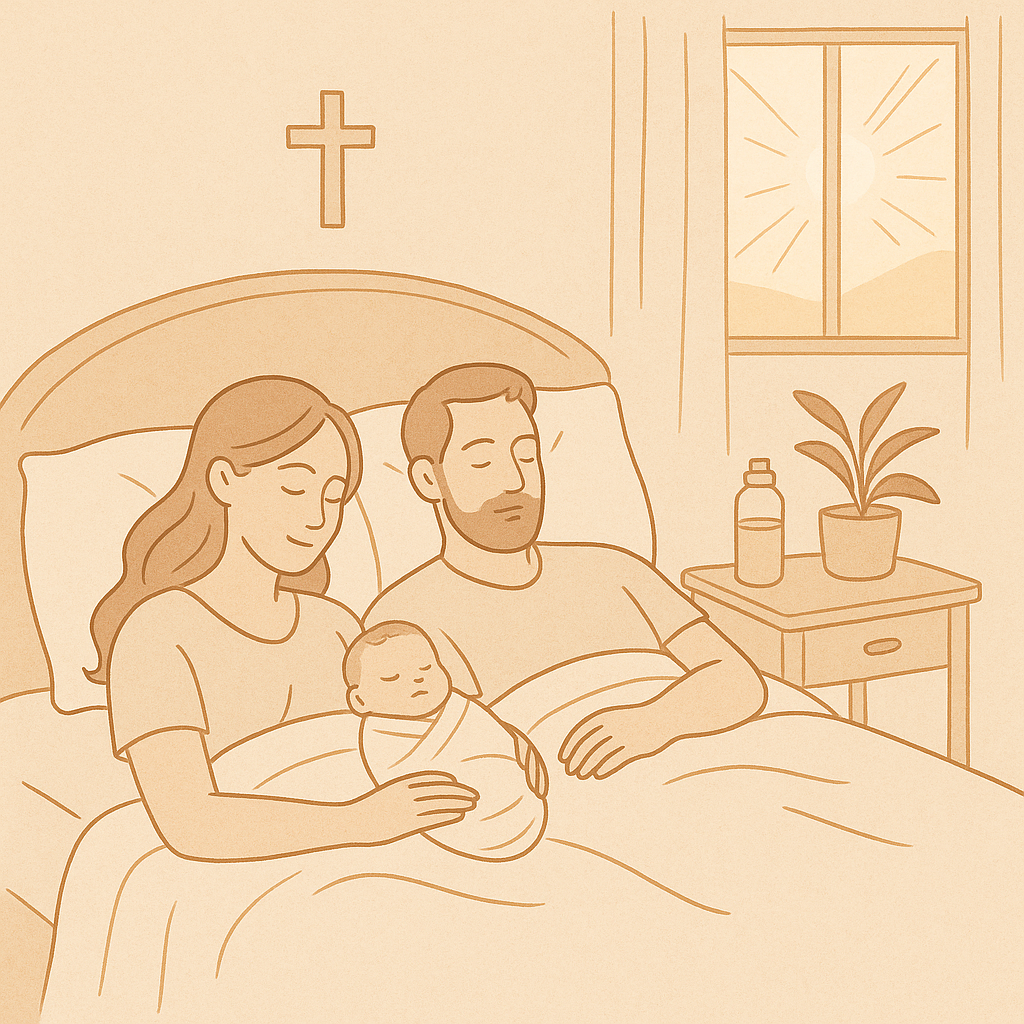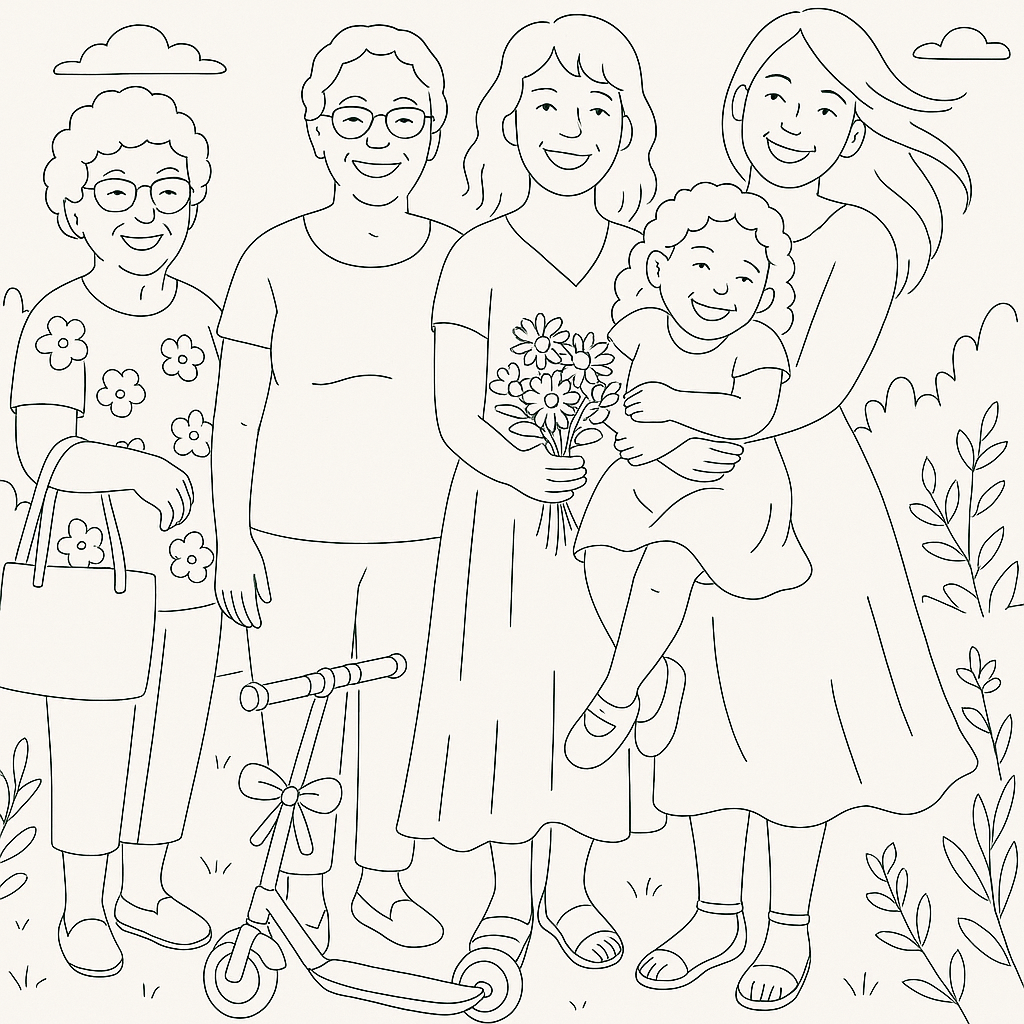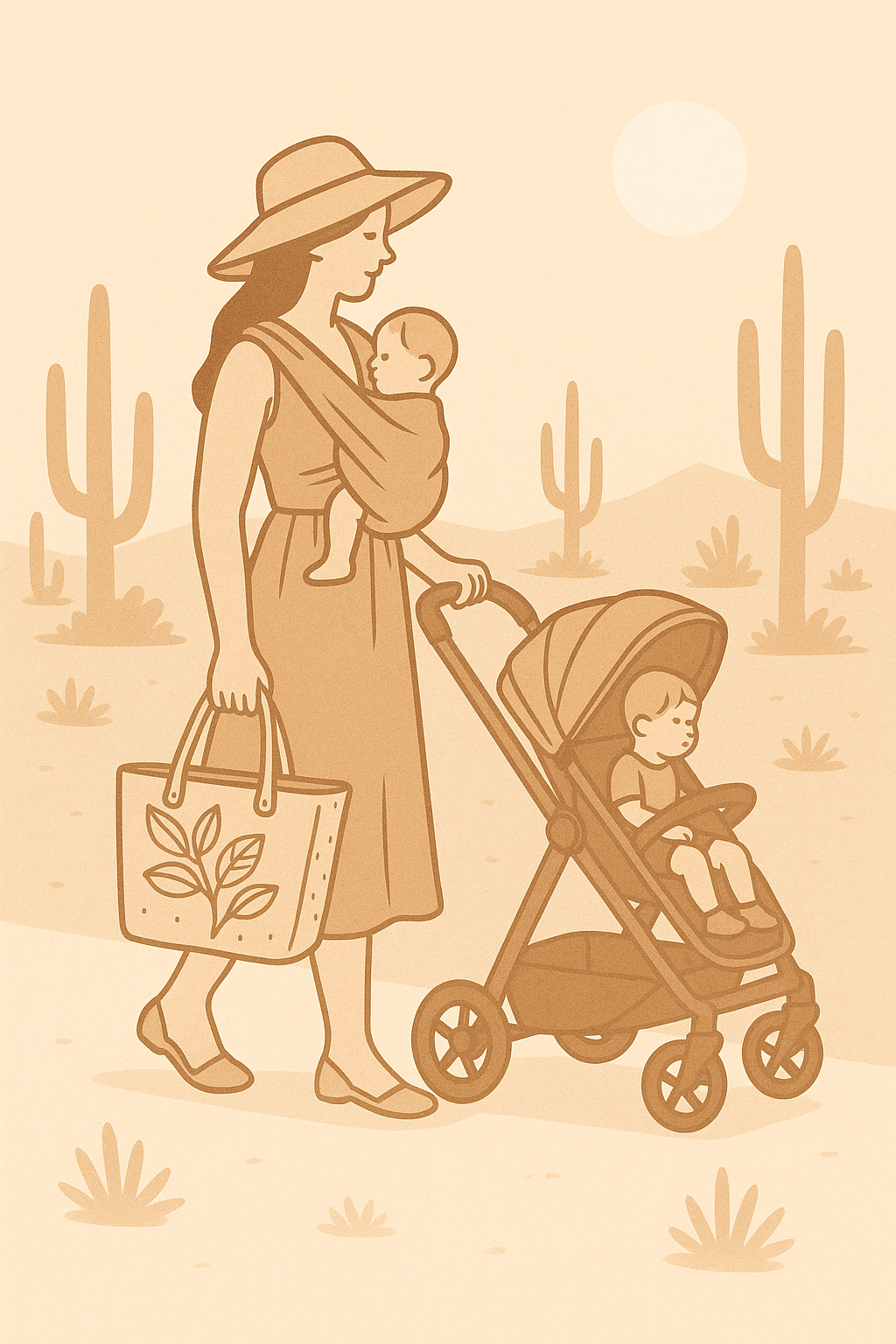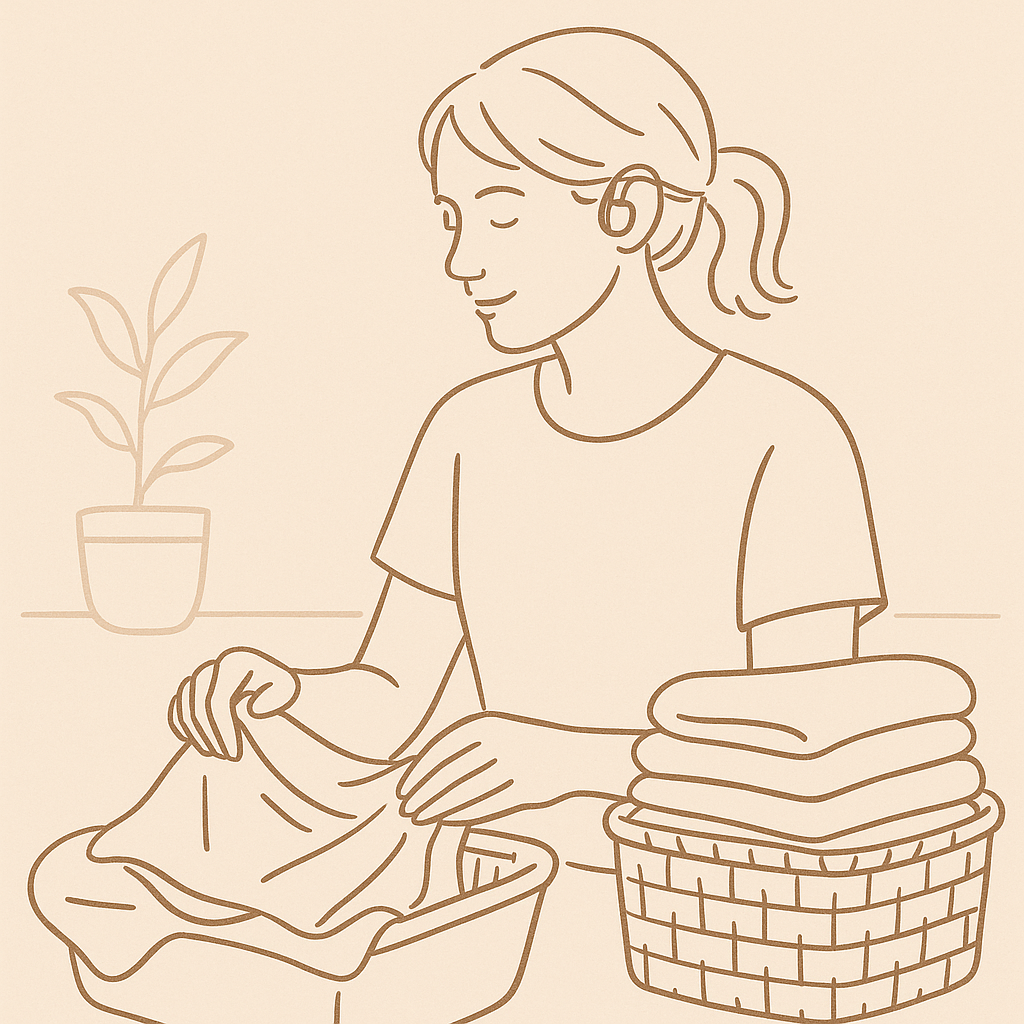As a faith-based, cosleeping mama, I’ve always found comfort in keeping my babies close. There’s a reason why room sharing is recommended by pediatricians—and even more reasons why many parents find bed sharing the most restful choice when done safely.
With baby #4 on the way and our toddler transitioning into her own sleep space, I’ve been reflecting on how important it is for both parents to be part of the nighttime rhythm—especially during pregnancy.
Let’s walk through some research-backed insights and practical tips that have helped us make gentle, healthy sleep choices for everyone in our family.
💤 Is Cosleeping Safe?
Yes—when done intentionally and with the right safeguards in place. The American Academy of Pediatrics recommends room sharing for the first 6–12 months to reduce the risk of SIDS. While bed sharing is more controversial, many cultures around the world practice it safely and successfully.
Key tips for safe bed sharing:
- Use a firm mattress with tightly fitted sheets
- Keep baby away from pillows and blankets
- Never bedshare if either parent smokes, drinks, or takes sedating medication
- Breastfeeding mothers are shown to naturally form safer sleep positions (like the “cuddle curl”)
📝 Studies suggest breastfed babies who bedshare with their mothers arouse more frequently in lighter stages of sleep, potentially lowering SIDS risk compared to solitary sleepers. ([Source: McKenna & McDade, Mother-Baby Behavioral Sleep Lab, University of Notre Dame])
🤱 Breastfeeding & Sleep: A Powerful Pair
Cosleeping supports breastfeeding success. According to La Leche League and other studies, proximity to baby during the night:
- Helps moms respond faster to feeding cues
- Encourages longer breastfeeding duration
- Reduces nighttime crying and stress
This has absolutely been true in our family. Keeping baby nearby made breastfeeding easier, sleep more restorative, and nighttime parenting less disruptive.
👨👩👧 Night Wakings During Pregnancy: Dad’s Turn
Once pregnancy fatigue kicks in—and especially as the third trimester approaches—it’s time for dad to shine.
Research and parenting experts agree: pregnant women need uninterrupted rest whenever possible, and dads can play a key role in this by:
- Handling toddler wakeups or transfers
- Rocking baby back to sleep
- Changing nighttime diapers
💡 In fact, studies on maternal sleep deprivation during pregnancy link it to increased risk of preterm labor, mood disorders, and reduced birth weight. ([Source: National Sleep Foundation, Sleep Research Society])
For me personally, dad physically getting out of bed and brining baby to me is the most helpful. Although our toddler is great about getting to me on her own IF she wakes up during the night.
Letting dad take over those little midnight tasks can make a big difference—for baby’s development and mama’s health.
💬 A Note on Gentle Transitions
When you’re preparing a toddler for a new baby, the last thing you want is to disrupt their sense of security. Gently moving your toddler to their own sleep space while keeping them near can make all the difference—and avoid feelings of displacement or jealousy.
In our home, we’re using the Storkcraft Portofino 5-in-1 Convertible Crib (affiliate link) as the perfect transitional crib to support this goal. You can read our full review here: Why We Love This Convertible Crib for Cosleeping Families →
🛏 Final Thoughts
Safe cosleeping isn’t about doing things “by the book.” It’s about following your instincts, creating a safe environment, and sharing the load—especially when mom’s growing a baby.
So to all the expectant mamas out there: give yourself permission to rest. And to the dads? Your support during the night matters more than you know.




Leave a Reply